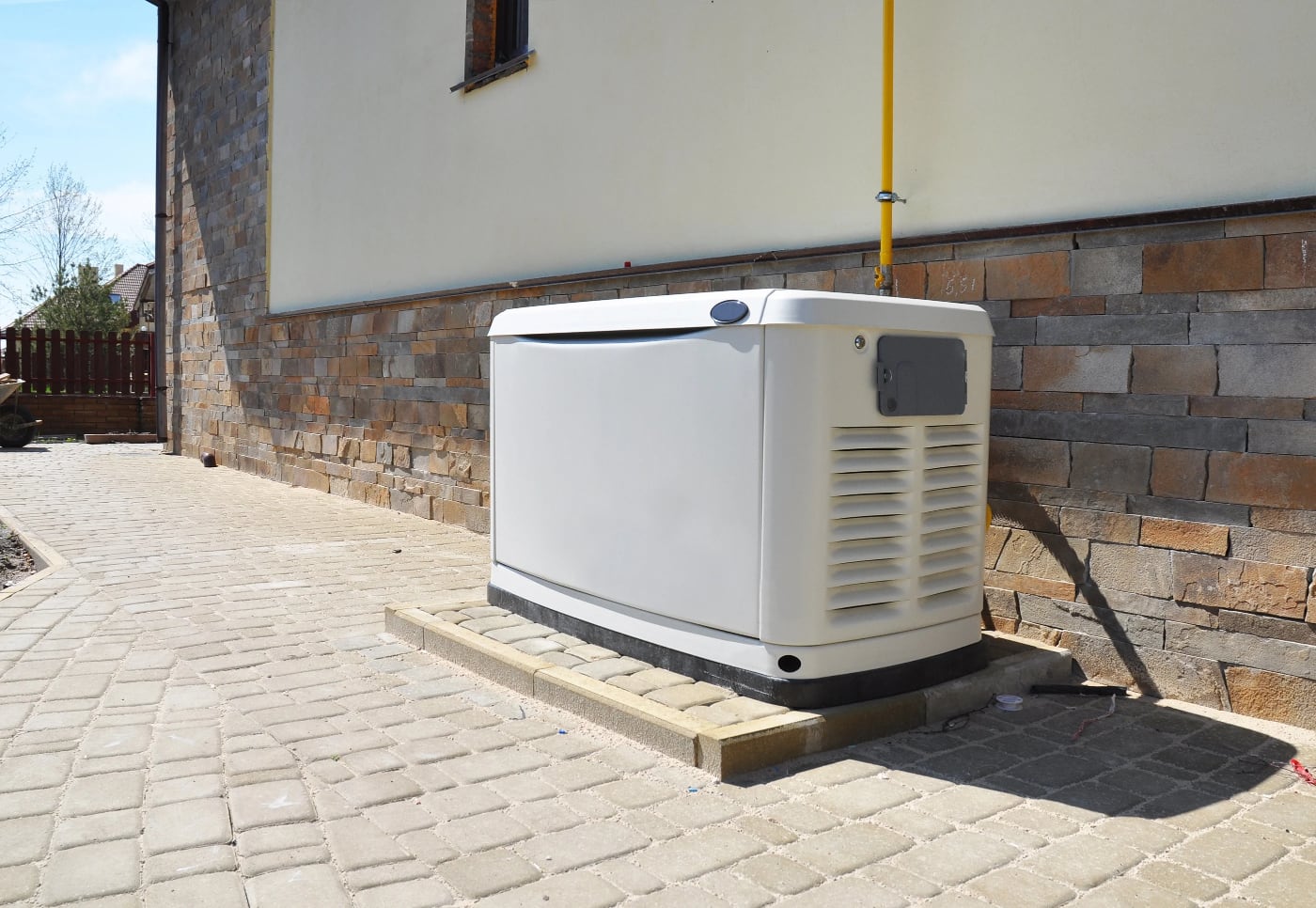Please provide a link that shows that a UL listed manual interlock is not allowed in Illinois.
That’s going to be tough.
Illinois doesn’t have a statewide electrical code. It has some various laws, but code is determined by the power generation companies and county and local governments or elected bodies. The rules/codes vary across the state. Best I can do is link a PDF file of codes by AMEREN, the states largest electric provider. In it, it states their regulations for a standby and portable generators.
It says:
1200.05 REQUIREMENTS FOR OPEN TRANSITION
1. Any of the following methods can be used:
a) Integral transfer switch with mechanical interlocking provisions
b) Kirk key interlocked solid blade switches or circuit breakers
c) Electrically interlocked circuit breakers with backup protection via hard-wired breaker auxiliary contacts
2. Automatic transfer schemes shall include the following:
a) Voltage-sensing capability to detect the loss and recovery of the Ameren source.
b) Open transition manual “bypass” (i.e., auto disable) is highly recommended, though not required.
1200.06 REQUIREMENTS FOR CLOSED (PARALLEL) TRANSITION
1. Any of the following methods can be used:
a) Integral automatic transfer switch set
b) Two or more solid blade disconnects or circuit breakers
2. Transfer times of less than 100 milliseconds in duration.
3. Synchronizing capability to safely tie the sources together.
4. Transfer failure scheme for opening one of the sources when closed transition exceeds a maximum two (2.0) second time delay.
5. Undervoltage protection to prevent a closed transition transfer when the Ameren source is not present.
6. Open transition manual “bypass” (i.e., auto disable) is highly recommended, though not required.
Even if they would allow the metal plate interlock, there would have to be a second breaker for it to meet their code. I have never once seen an electrician or homeowner install one. Back up and portable generator set ups are extremely common here. I don’t understand why you’re being so legalistic about this. It’s a safety thing. Regardless of how safe Mr. Greenie thinks his set up is, he needs to see if it is legal or up to codes.
AMEREN PDF




